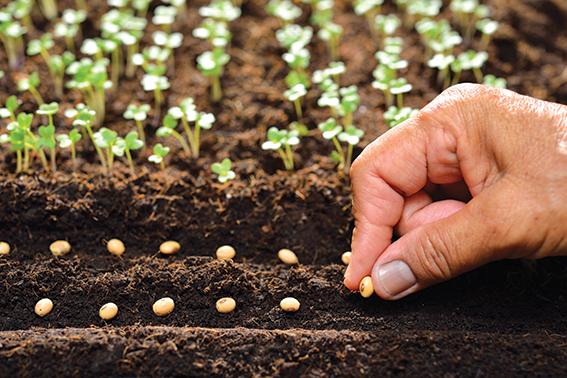What should be viewed when sowing seeds?
- ardour
- March 1, 2023
- 270 Comments
- Blog
-
Post Views: 17,392
- 0
What exactly is Sowing?
Sowing is the act of burying seeds in the ground. The right measures should be followed during this agricultural procedure,
such as maintaining the proper depth and distance, and the soil should be clean, healthy, and free of illness and other diseases like fungus.
All of these measures are required for seeds to germinate—the process by which seeds grow into new plants.
Sowing is an important part of farming. After the soil has been loosened and tilled, the best, disease-free
and pure grade of seeds is chosen and planted. After being chosen, high-quality seeds are sown on prepared land.
High-yielding seeds are usually selected and sown using the methods listed below.
Explanation:
When planting seeds, exercise caution.
The seed used for sowing should be clean, healthy, and free of illness or disease.
For germination, the seeds should be planted at the proper depth in the soil.
The seeds must be planted with sufficient space between them so that the plants that grow from them receive adequate sunlight, water, and nutrients.
When the seeds are planted, the soil should not be too dry or wet.
When Planting Seeds, Take Precautions
A few precautions must be taken while sowing the seeds.
Here are just a few examples.
The seeds should be free of disease.
It is critical to plant seeds at the correct spacing.
When seeds are sown, all crops should receive an equal amount of light, nutrients, and water.
Sowing seeds at the proper depths is essential. They should not be planted too deeply into the ground, as this will prevent them from germinating, or at the surface of the soil, where they will be blown away by the wind and animals.
Techniques for Sowing
Broadcasting Using the Old Way
Dibbling
Drilling Seed Dropping behind the Plough \Transplanting \Hill Dropping \Check Row Planting

